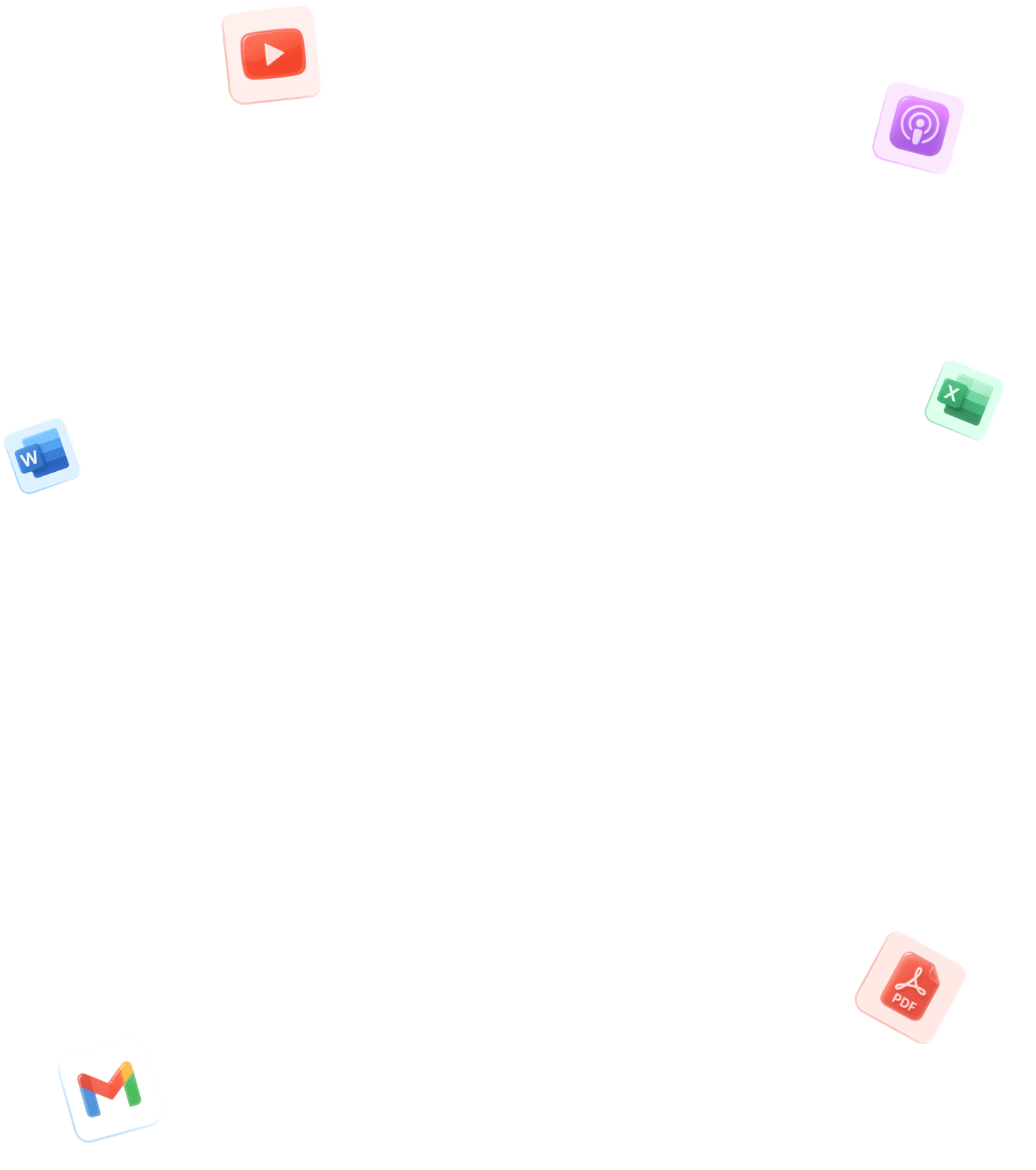
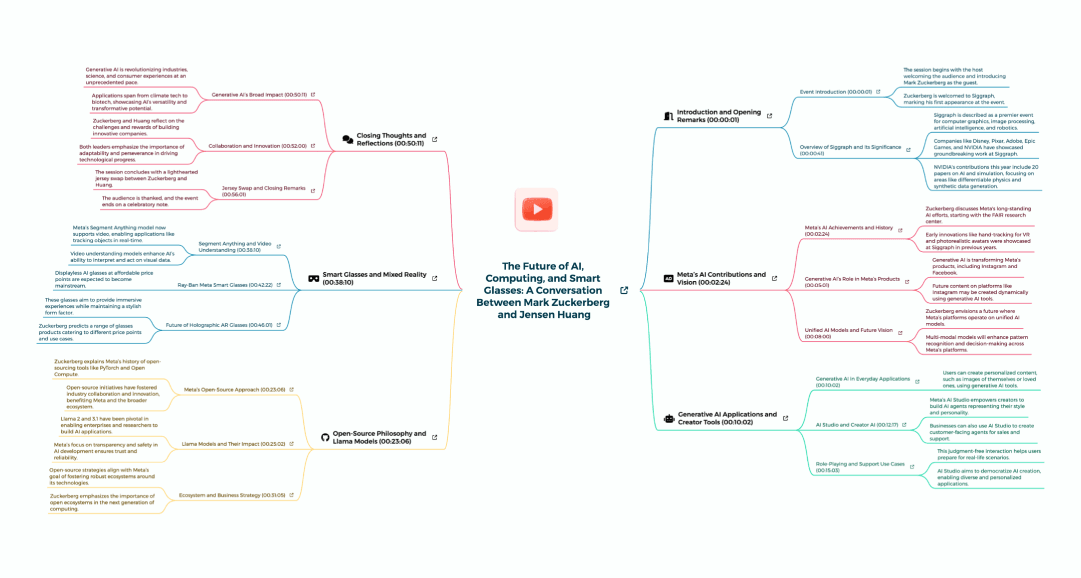
Product Hunt
在 Product Hunt 排名第 3
App Store
4.8/5
獲得來自頂尖企業和大學超過 500 萬用戶的信賴
一鍵產生 AI 心智圖
使用 Mapify 節省大量時間:即刻擷取文件、網頁或 YouTube 影片的重點內容,學習從未如此輕鬆。
PDF/文件轉心智圖
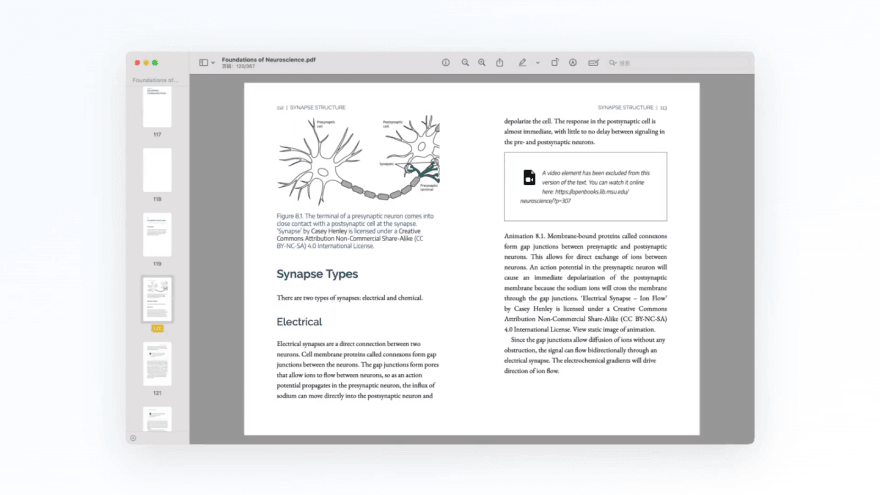
翻譯為你的語言
AI 能翻譯並摘要外文檔案,支持 30 多種語言。
與你的檔案對話
與檔案內容互動,深入理解並加入自己的洞察。
YouTube 轉心智圖
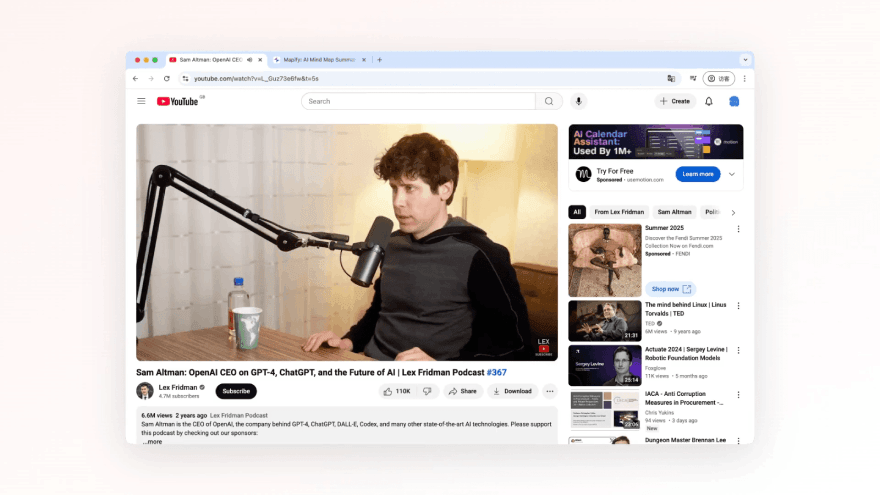
使用時間標記快速跳轉
點擊即可直接從心智圖導航至影片中的關鍵時刻。
自動轉錄功能
生成完整且精準的轉錄文稿,幫助你更好理解內容。
問一問
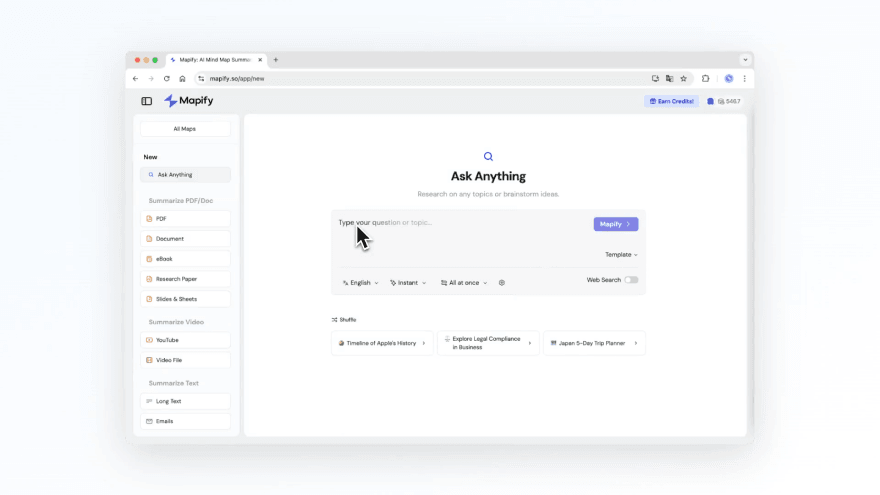
網絡支援的 AI 搜尋
啟用線上搜尋,為你的心智圖添加可靠的來源連結。
一鍵擴展想法
即刻擴展任何分支,發掘更多洞察與靈感。
自訂與分享
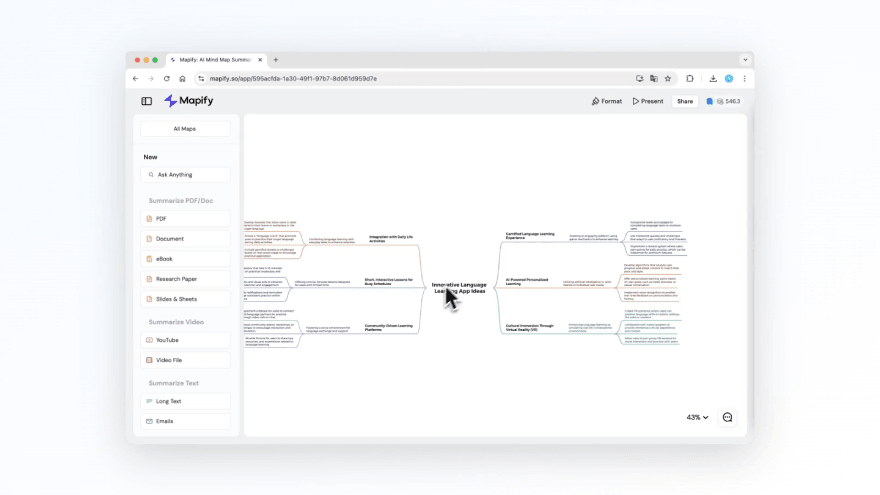
輕鬆編輯內容與樣式
快速使用鍵盤快捷鍵或直觀操作調整結構及版面。
支援多種格式導出
輕鬆以連結共享或導出為圖片、PDF 或 Markdown 格式。
網頁轉心智圖
瀏覽變得簡單:將網頁訊息轉換成快速摘要
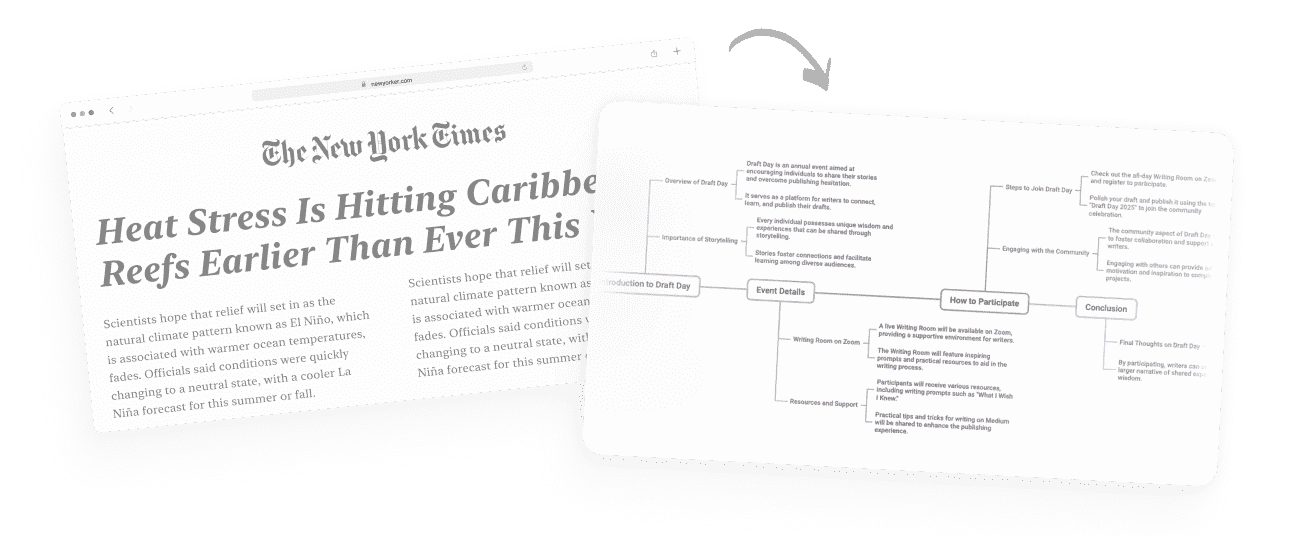
長文本轉心智圖
粘貼任何文字——即刻轉換為簡潔且直觀的摘要。
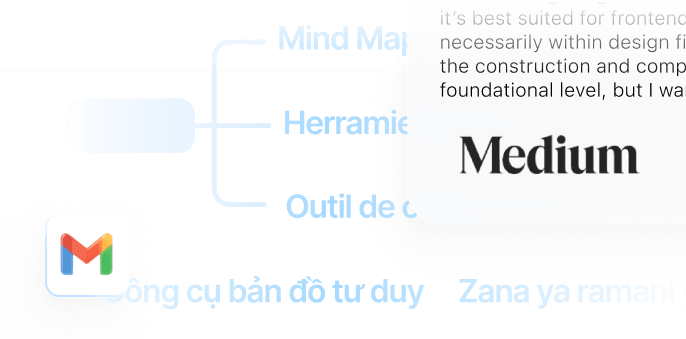
音訊轉心智圖
拖曳錄音或播客內容,提取關鍵點並生成心智圖。
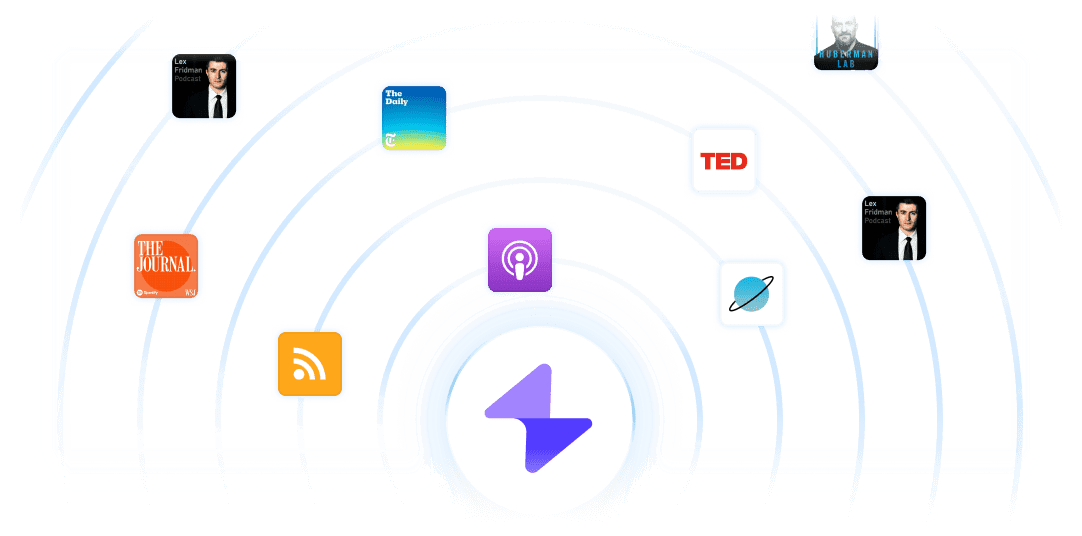
圖片轉心智圖
上傳照片、圖表或掃描筆記——AI 將自動讀取並視覺化生成心智圖。
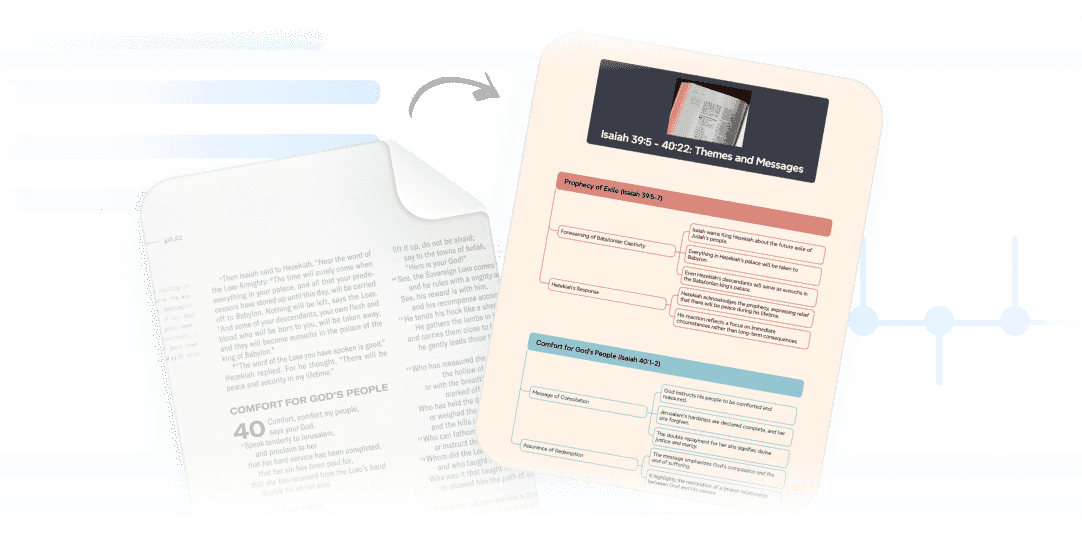

更快學習、工作與思考
將任何內容轉換為結構化心智圖,提升學習、工作及點子創造效率。
研究
學習
頭腦風暴
分析
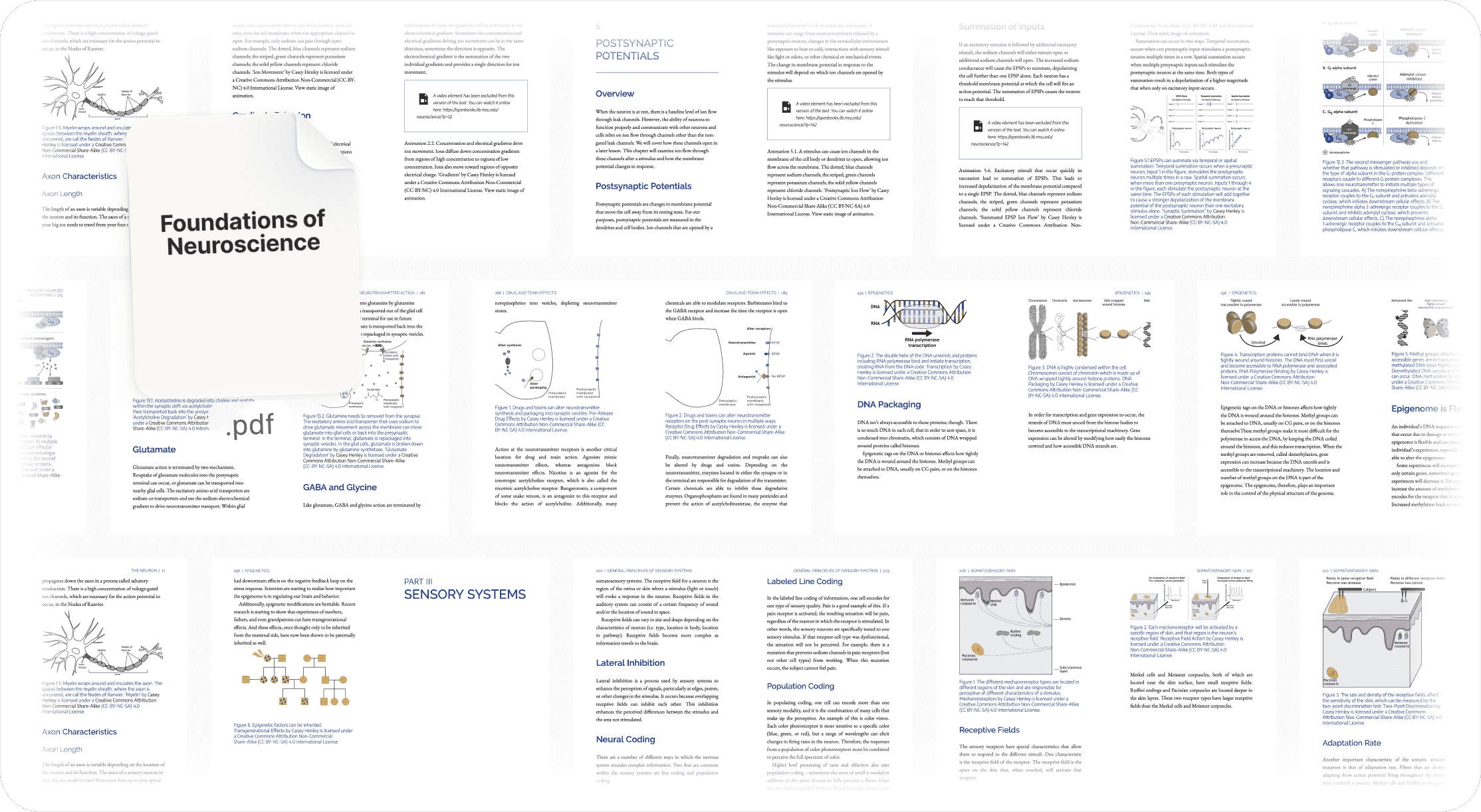
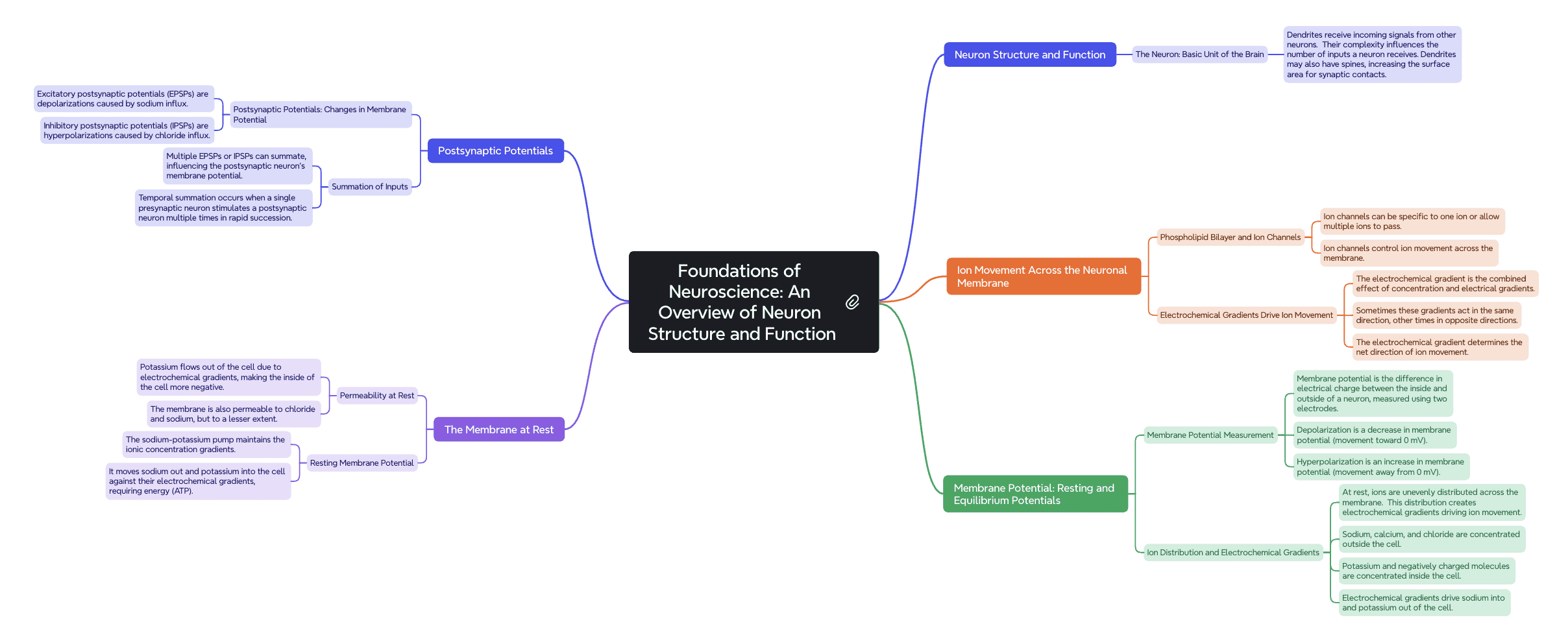
提升你工作效率的額外功能
圖像生成器
將任何概念轉換成生動圖像,豐富心智圖的視覺內容。
演示幻燈片
即刻將你的心智圖轉換為精美幻燈片——非常適合會議、報告或課堂演示。
AI 模板
使用現成模板進行頭腦風暴、分析或規劃——量身打造更快速、更智能的心智圖工具。
跨平台使用
在網頁、手機及瀏覽器擴展上使用 Mapify,心智圖始終保持同步,隨時隨地可用。
使用 Mapify 產生的心智圖總數


ブレイクスルー佐々木
@BreakthroughSSK
Mapifyとは本当に、どんなものでもマインドマップ化できる神サイトなのですが、やりは超簡単! マインドマップ化したい対象の項目を選んで、リンクを貼り付けてMapifyのボタンを押すだけ、YouTube動画も一瞬でマインドマップ化できてしまいました。 せっかくYouTubeで解説動画を観たのに翌日にはすべて忘れてしまうという人は情報を頭の中で整理できていないことが多いです。 しかしMapifyを使うと瞬時に頭の中を階層構造で整理することができるので、勉強効率・記憶効率がマジで10倍になります。

The Angry Explainer
@theangryexplainer
It's a game-changer if you're trying to study multiple subjects FASTER. One of its best features is the ability to turn PDFs or texts into mind maps. I used to drown in endless pages of text, wasting time trying to dig out the important stuff. Now, with Mapify, I instantly see the main points of each document. This saved me so much time and made EVERYTHING way easier to understand!

Akiyama Yuta
@AkiyamaYuta
仕事だったり勉強していると、たくさんの情報に圧倒されたり整理する時間が足りなくて困ったりします。 Mapifyを使えばそんな悩みを解決することができます。このツールのすごいところとしては PDFだったり、動画、ウェブサイトなどのいろんな形式の情報を自動的にマインドマップにしてくれるということです。 実際に使ってみたところAIが整理してくれるので、今まで手間がかかっていた作業があっという間に終わることができました。

親愛的路 Dear Road|SoNia
@DearRoad
比起從零發想,它能提供豐富的靈感,甚至考量到一些你沒想到的元素跟作法!而且你可以在這個根基上,再去做刪減跟編輯,又或是點右鍵,請它在生成更多點子,畫到你滿意為止。

ブレイクスルー佐々木
@BreakthroughSSK
Mapifyとは本当に、どんなものでもマインドマップ化できる神サイトなのですが、やりは超簡単! マインドマップ化したい対象の項目を選んで、リンクを貼り付けてMapifyのボタンを押すだけ、YouTube動画も一瞬でマインドマップ化できてしまいました。 せっかくYouTubeで解説動画を観たのに翌日にはすべて忘れてしまうという人は情報を頭の中で整理できていないことが多いです。 しかしMapifyを使うと瞬時に頭の中を階層構造で整理することができるので、勉強効率・記憶効率がマジで10倍になります。

The Angry Explainer
@theangryexplainer
It's a game-changer if you're trying to study multiple subjects FASTER. One of its best features is the ability to turn PDFs or texts into mind maps. I used to drown in endless pages of text, wasting time trying to dig out the important stuff. Now, with Mapify, I instantly see the main points of each document. This saved me so much time and made EVERYTHING way easier to understand!

Akiyama Yuta
@AkiyamaYuta
仕事だったり勉強していると、たくさんの情報に圧倒されたり整理する時間が足りなくて困ったりします。 Mapifyを使えばそんな悩みを解決することができます。このツールのすごいところとしては PDFだったり、動画、ウェブサイトなどのいろんな形式の情報を自動的にマインドマップにしてくれるということです。 実際に使ってみたところAIが整理してくれるので、今まで手間がかかっていた作業があっという間に終わることができました。

親愛的路 Dear Road|SoNia
@DearRoad
比起從零發想,它能提供豐富的靈感,甚至考量到一些你沒想到的元素跟作法!而且你可以在這個根基上,再去做刪減跟編輯,又或是點右鍵,請它在生成更多點子,畫到你滿意為止。

ブレイクスルー佐々木
@BreakthroughSSK
Mapifyとは本当に、どんなものでもマインドマップ化できる神サイトなのですが、やりは超簡単! マインドマップ化したい対象の項目を選んで、リンクを貼り付けてMapifyのボタンを押すだけ、YouTube動画も一瞬でマインドマップ化できてしまいました。 せっかくYouTubeで解説動画を観たのに翌日にはすべて忘れてしまうという人は情報を頭の中で整理できていないことが多いです。 しかしMapifyを使うと瞬時に頭の中を階層構造で整理することができるので、勉強効率・記憶効率がマジで10倍になります。

The Angry Explainer
@theangryexplainer
It's a game-changer if you're trying to study multiple subjects FASTER. One of its best features is the ability to turn PDFs or texts into mind maps. I used to drown in endless pages of text, wasting time trying to dig out the important stuff. Now, with Mapify, I instantly see the main points of each document. This saved me so much time and made EVERYTHING way easier to understand!

Akiyama Yuta
@AkiyamaYuta
仕事だったり勉強していると、たくさんの情報に圧倒されたり整理する時間が足りなくて困ったりします。 Mapifyを使えばそんな悩みを解決することができます。このツールのすごいところとしては PDFだったり、動画、ウェブサイトなどのいろんな形式の情報を自動的にマインドマップにしてくれるということです。 実際に使ってみたところAIが整理してくれるので、今まで手間がかかっていた作業があっという間に終わることができました。

親愛的路 Dear Road|SoNia
@DearRoad
比起從零發想,它能提供豐富的靈感,甚至考量到一些你沒想到的元素跟作法!而且你可以在這個根基上,再去做刪減跟編輯,又或是點右鍵,請它在生成更多點子,畫到你滿意為止。

adam.godigital
@AdamDigital
Your business reports due tomorrow, and you have no time writing reports? Your boss wants you to quickly organize complex info into flowcharts for a presentation for your colleagues? It's super easy! With one click presentation mode, preparing impactful pitches has never been easier.

Daniel | Tech & Data
@Daniel-Dann
Mapify's blend of AI smarts and online searching is a match made in heaven, helping you uncover hidden connections and gain some serious wisdom along the way. Plus, it ensures your content stays accurate and true to your vision. It's all about streamlining your workflow and boosting productivity – who doesn't love that?

リモートワーク研究所【リモ研】
@remote-work
この1年で数千以上の「生成AIサービス」がリリースされて、様々なものをトライしてきましたが、この1年で最もヒットした生成AIツールの1つが「Mapify」 マインドマップ×生成AIというシンプルなコンセプトながら、情報整理&理解・アイデア出し・資料作成の3つのシーンにおいて、欠かせないツールの一角となっています。

哈佛姐夢遊矽谷 AliceInSiliconWonderland
@aliceinsilliconwonderland
如果你是考生的話,用 Mapify 你只要上傳任何歷史、國學常識的 PDF 檔,只要幾秒鐘之後 Mapify 就可以幫你整理出好幾十頁的講義精華。我覺得這對於學習來說真的是非常有效率。

adam.godigital
@AdamDigital
Your business reports due tomorrow, and you have no time writing reports? Your boss wants you to quickly organize complex info into flowcharts for a presentation for your colleagues? It's super easy! With one click presentation mode, preparing impactful pitches has never been easier.

Daniel | Tech & Data
@Daniel-Dann
Mapify's blend of AI smarts and online searching is a match made in heaven, helping you uncover hidden connections and gain some serious wisdom along the way. Plus, it ensures your content stays accurate and true to your vision. It's all about streamlining your workflow and boosting productivity – who doesn't love that?

リモートワーク研究所【リモ研】
@remote-work
この1年で数千以上の「生成AIサービス」がリリースされて、様々なものをトライしてきましたが、この1年で最もヒットした生成AIツールの1つが「Mapify」 マインドマップ×生成AIというシンプルなコンセプトながら、情報整理&理解・アイデア出し・資料作成の3つのシーンにおいて、欠かせないツールの一角となっています。

哈佛姐夢遊矽谷 AliceInSiliconWonderland
@aliceinsilliconwonderland
如果你是考生的話,用 Mapify 你只要上傳任何歷史、國學常識的 PDF 檔,只要幾秒鐘之後 Mapify 就可以幫你整理出好幾十頁的講義精華。我覺得這對於學習來說真的是非常有效率。

adam.godigital
@AdamDigital
Your business reports due tomorrow, and you have no time writing reports? Your boss wants you to quickly organize complex info into flowcharts for a presentation for your colleagues? It's super easy! With one click presentation mode, preparing impactful pitches has never been easier.

Daniel | Tech & Data
@Daniel-Dann
Mapify's blend of AI smarts and online searching is a match made in heaven, helping you uncover hidden connections and gain some serious wisdom along the way. Plus, it ensures your content stays accurate and true to your vision. It's all about streamlining your workflow and boosting productivity – who doesn't love that?

リモートワーク研究所【リモ研】
@remote-work
この1年で数千以上の「生成AIサービス」がリリースされて、様々なものをトライしてきましたが、この1年で最もヒットした生成AIツールの1つが「Mapify」 マインドマップ×生成AIというシンプルなコンセプトながら、情報整理&理解・アイデア出し・資料作成の3つのシーンにおいて、欠かせないツールの一角となっています。

哈佛姐夢遊矽谷 AliceInSiliconWonderland
@aliceinsilliconwonderland
如果你是考生的話,用 Mapify 你只要上傳任何歷史、國學常識的 PDF 檔,只要幾秒鐘之後 Mapify 就可以幫你整理出好幾十頁的講義精華。我覺得這對於學習來說真的是非常有效率。
